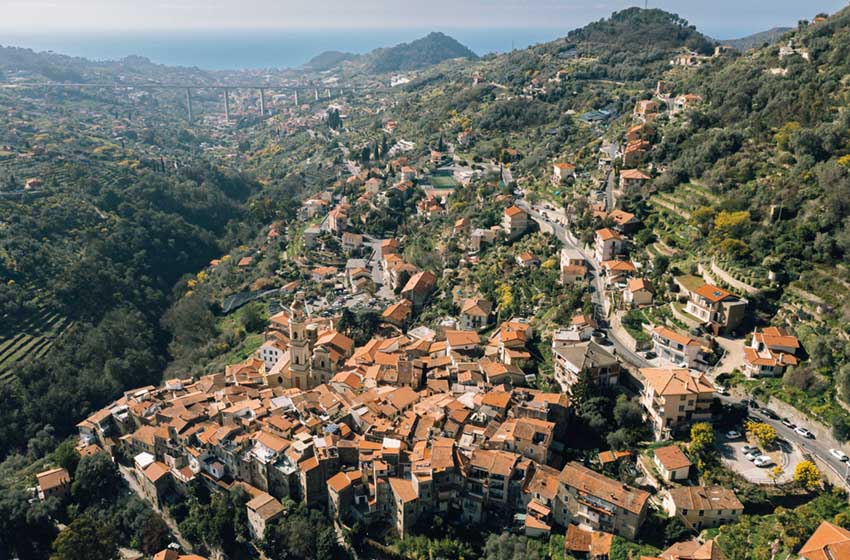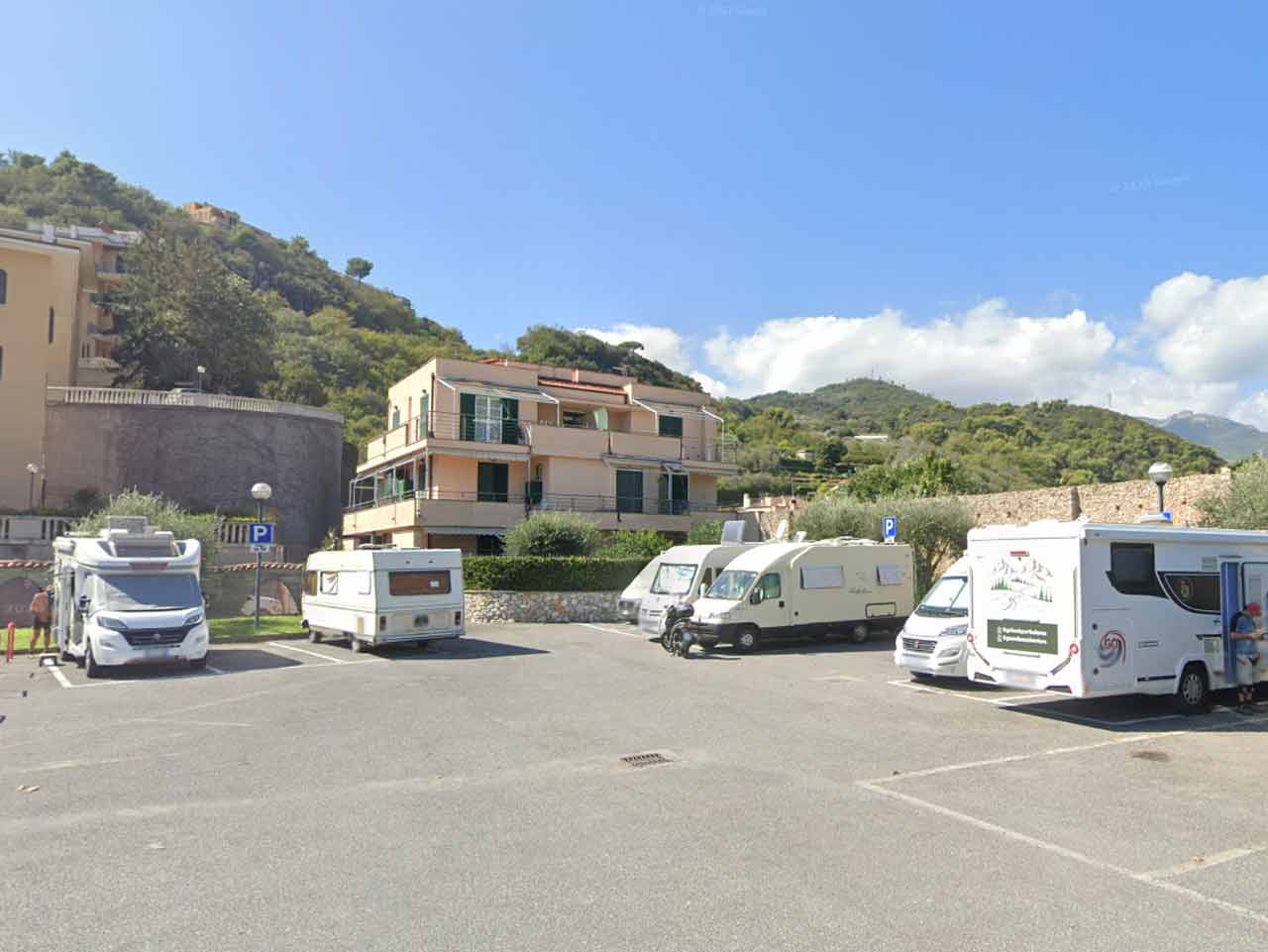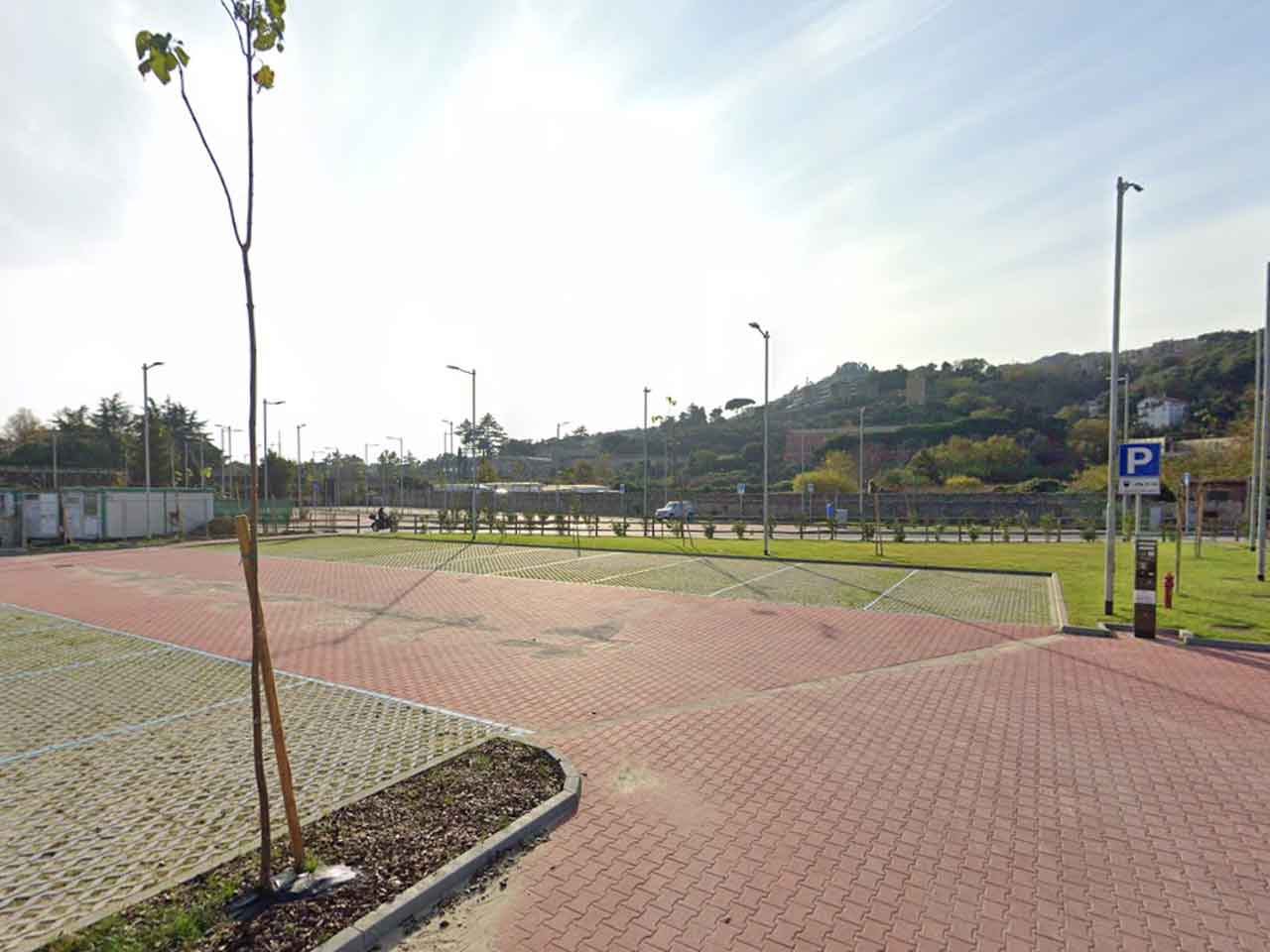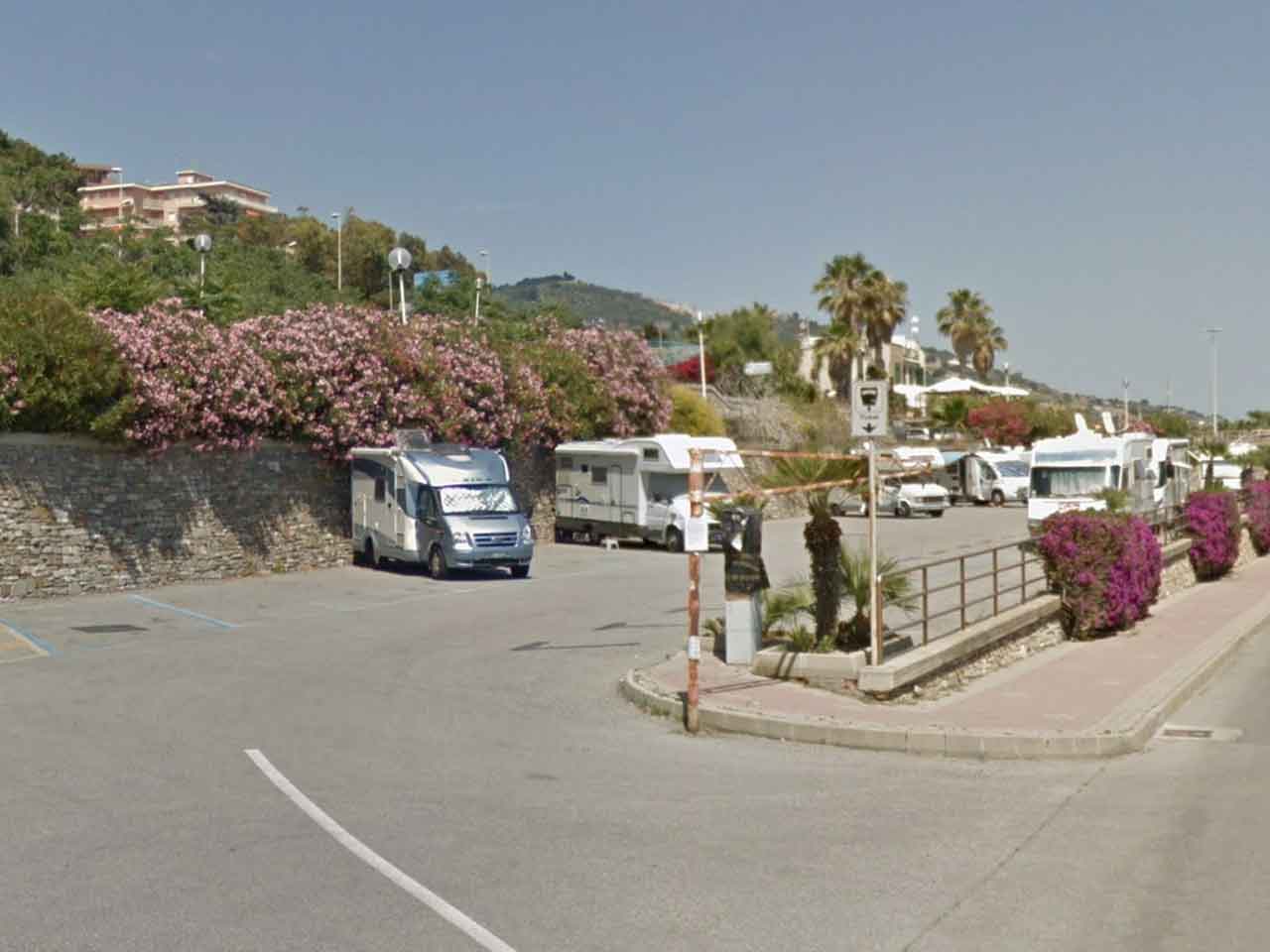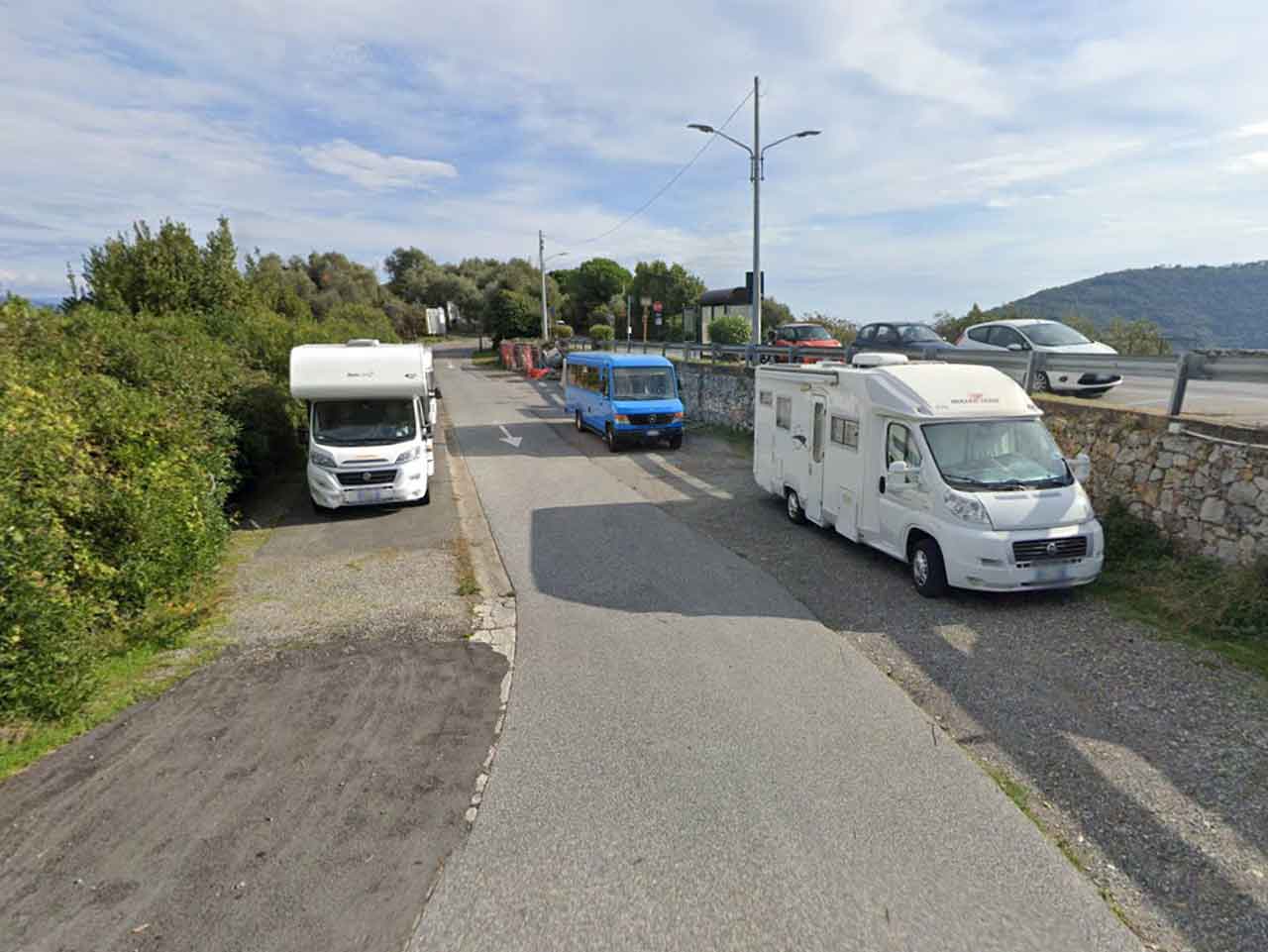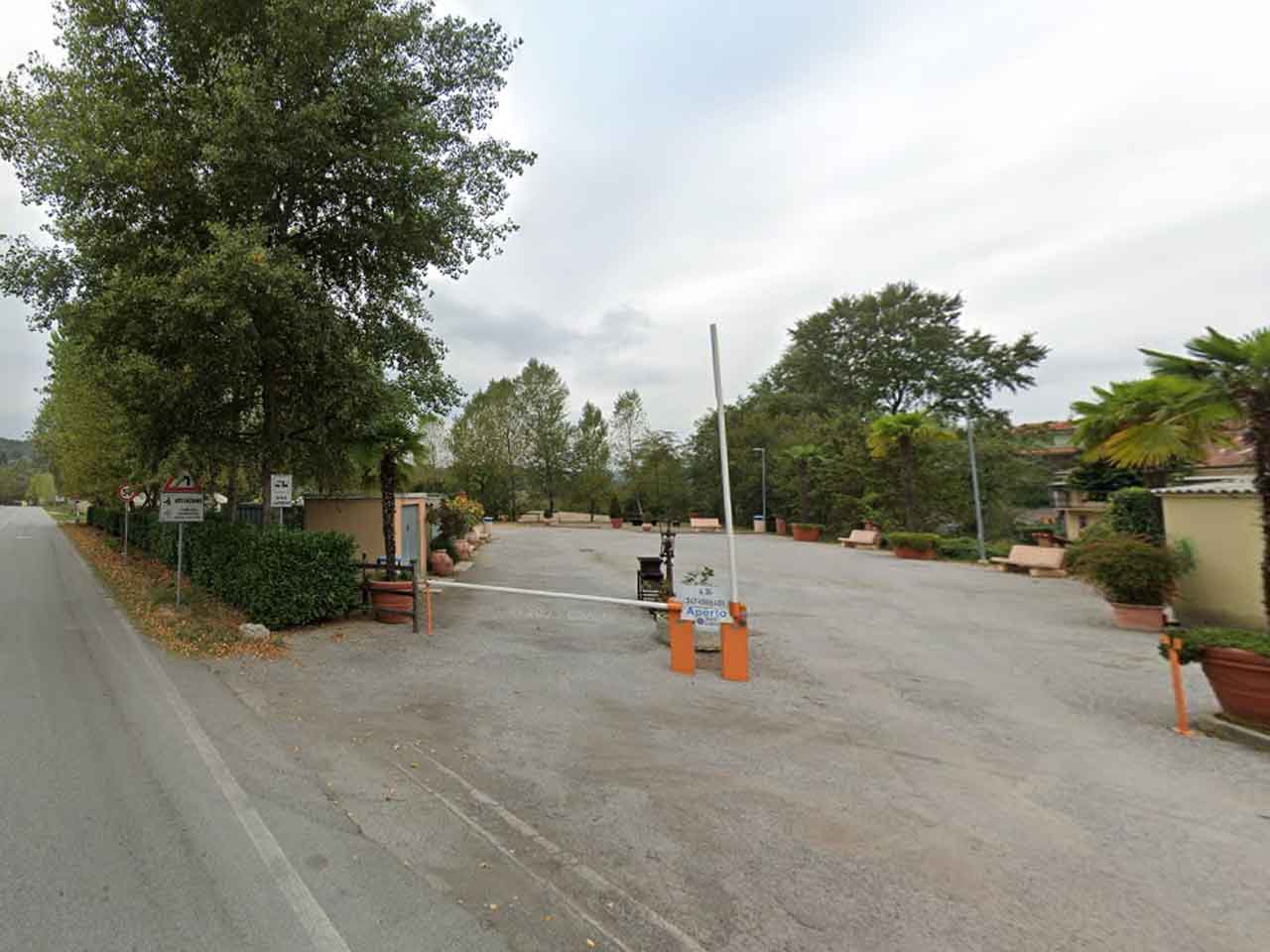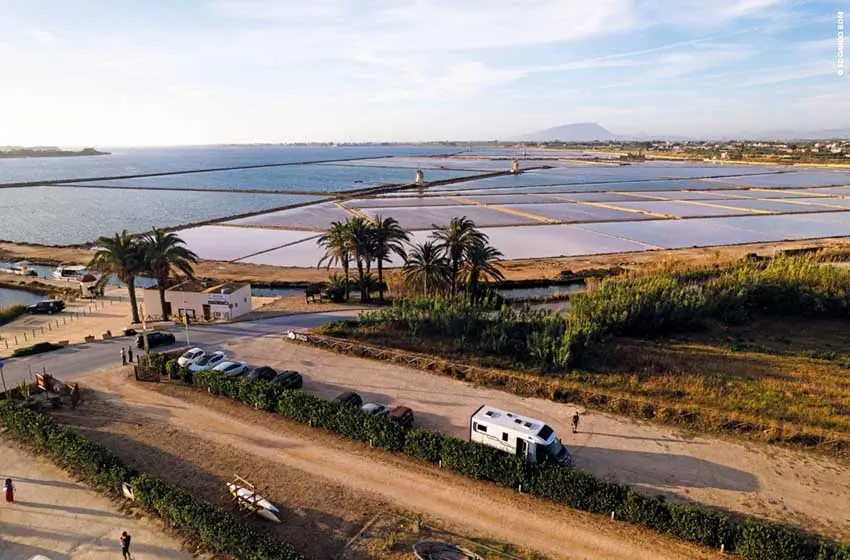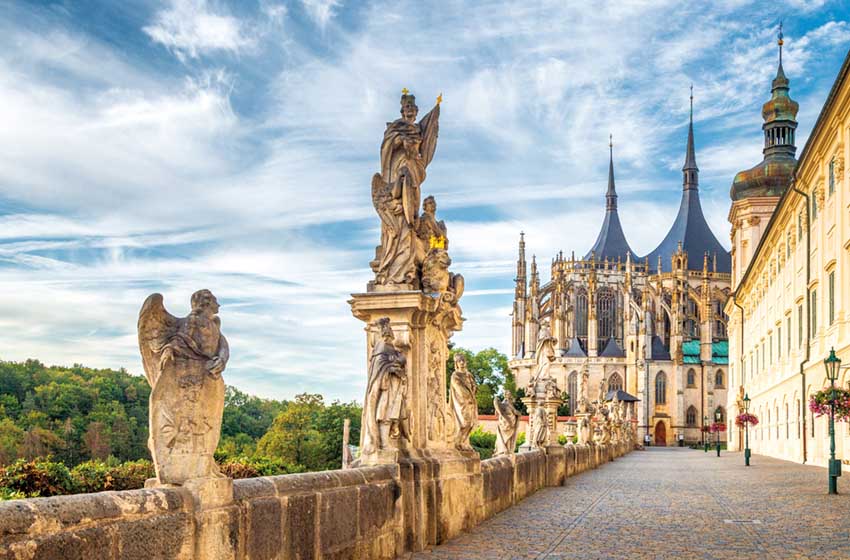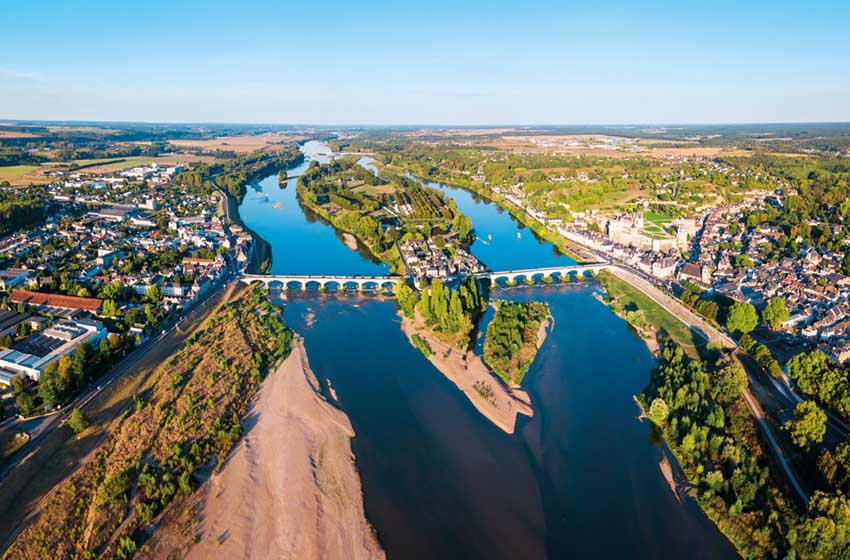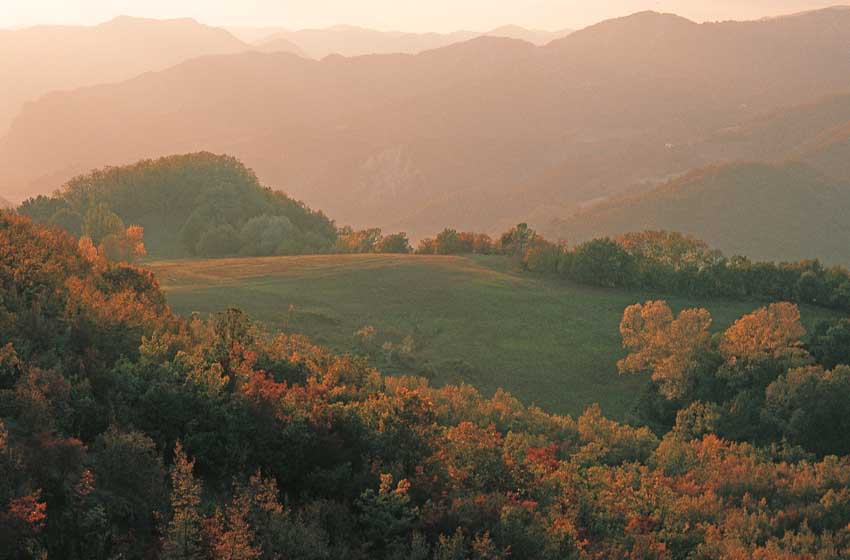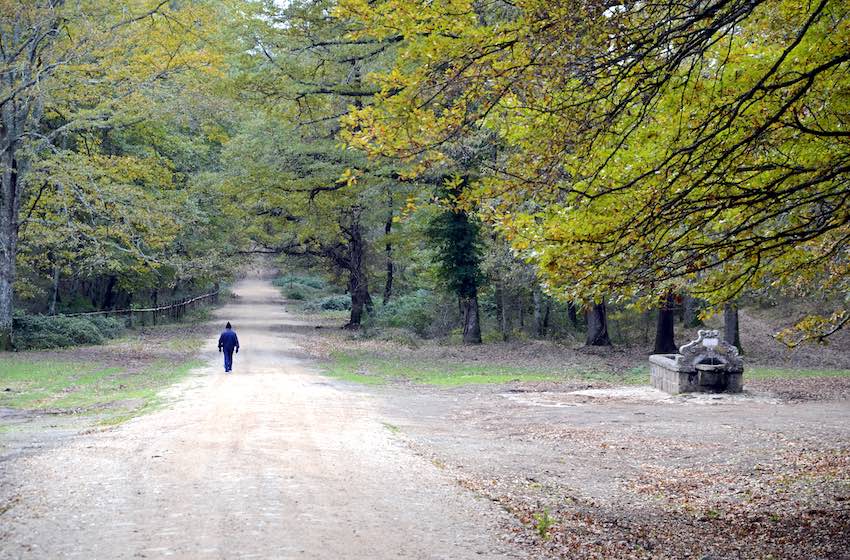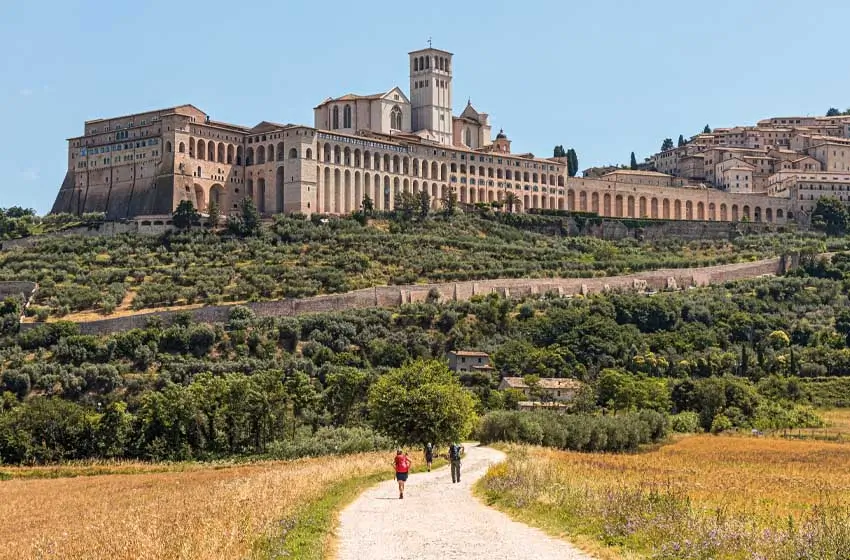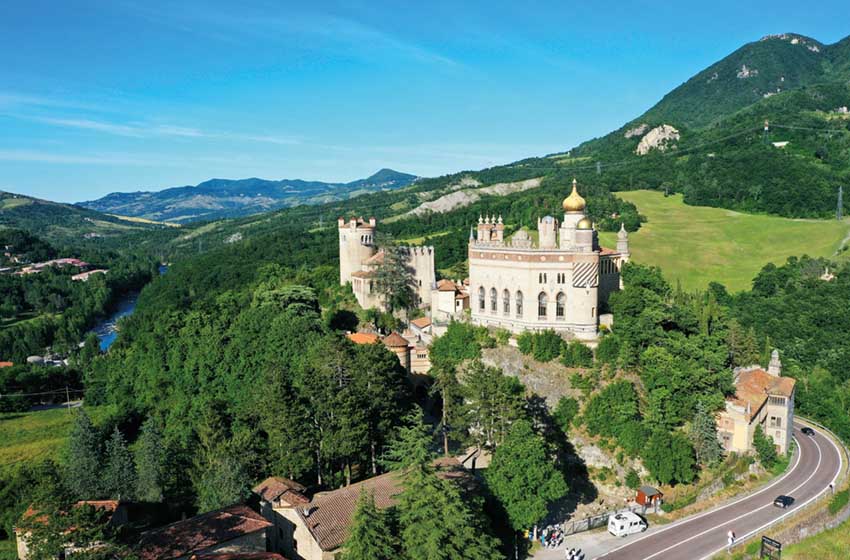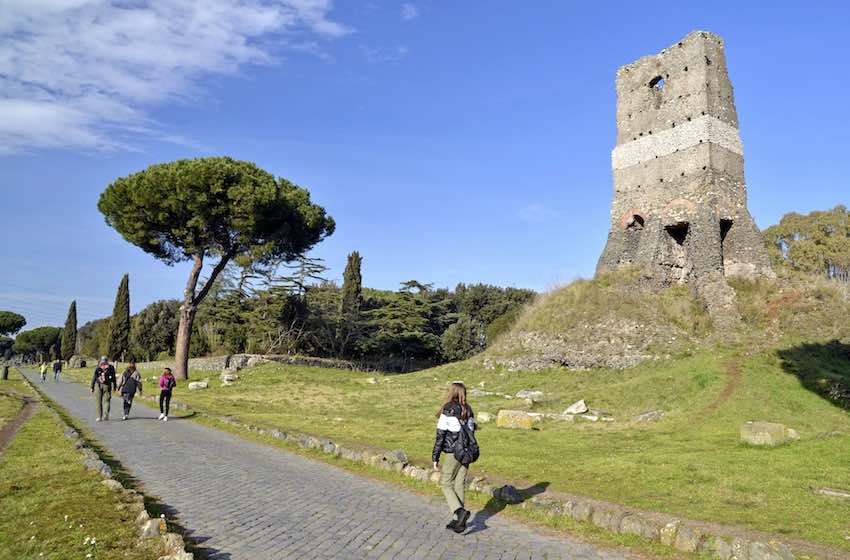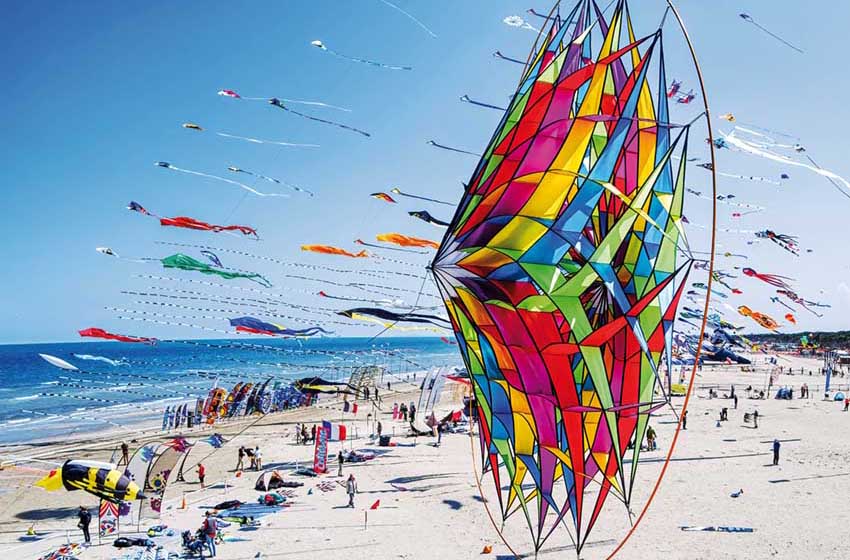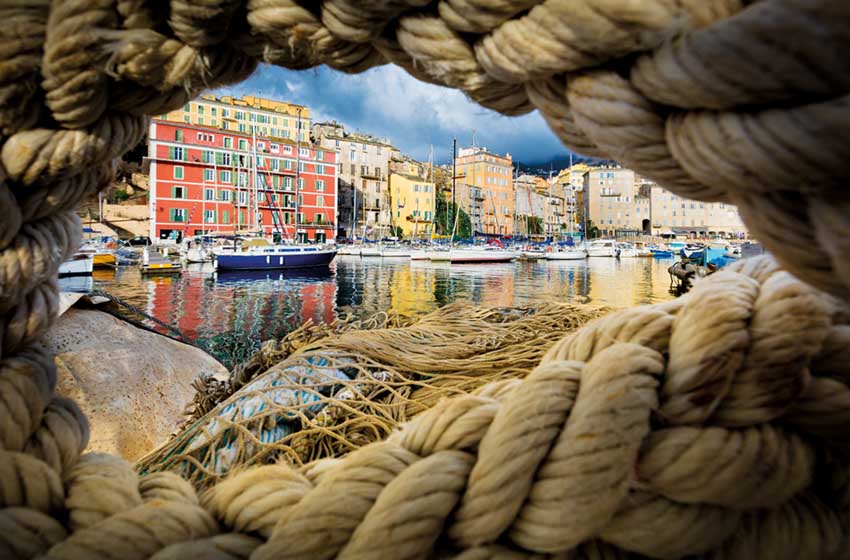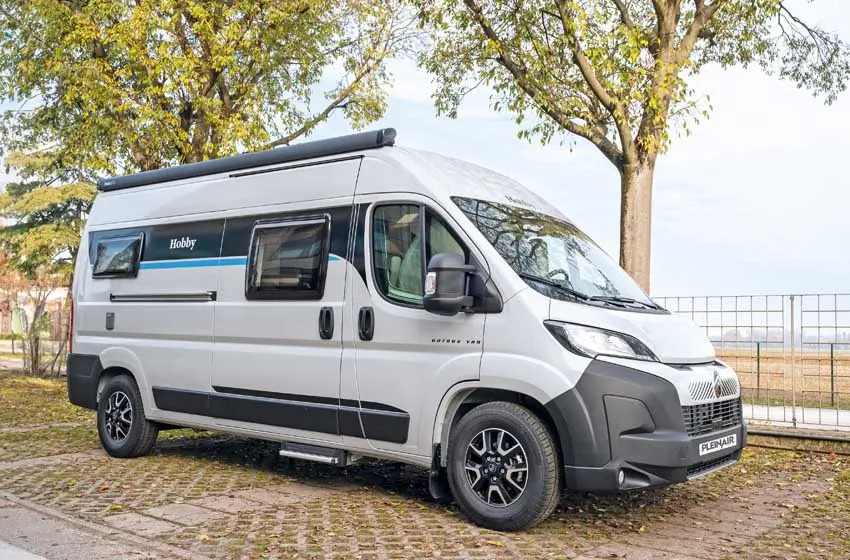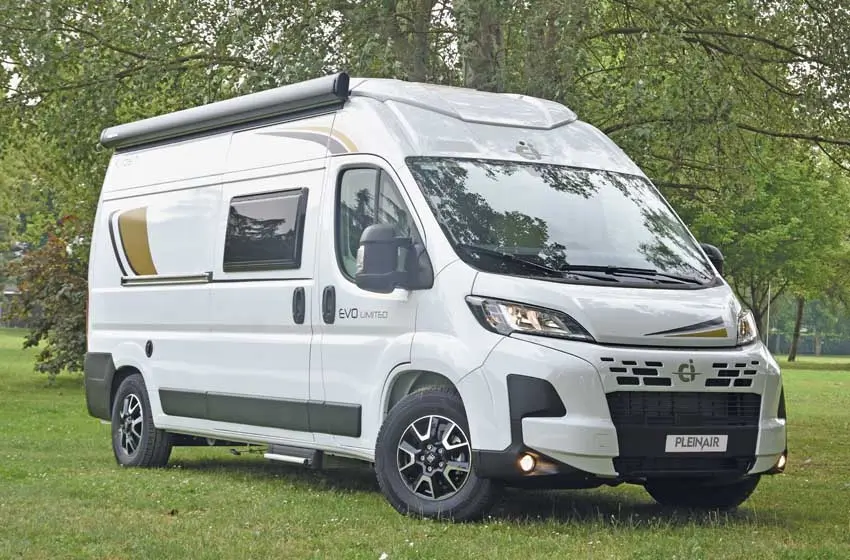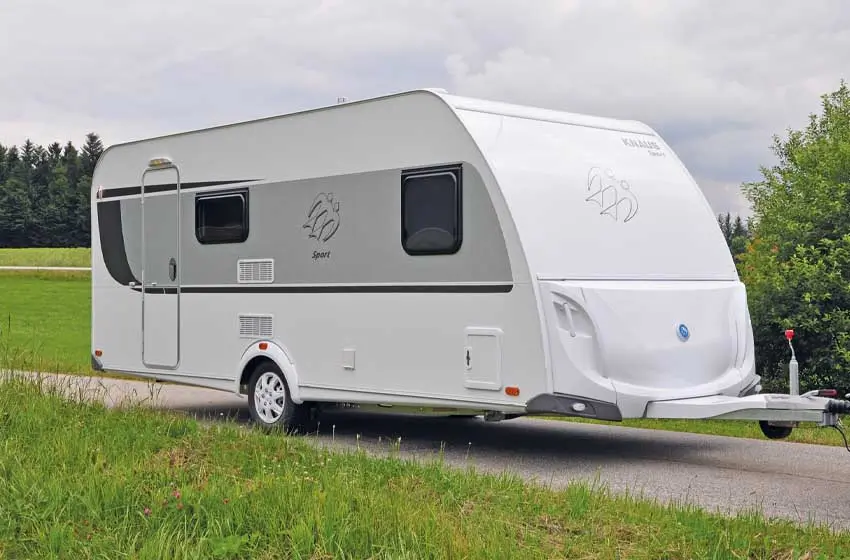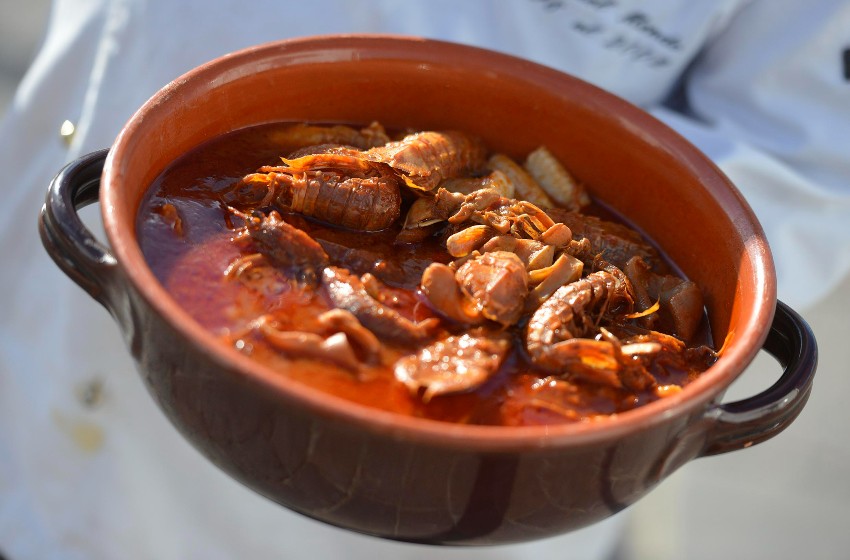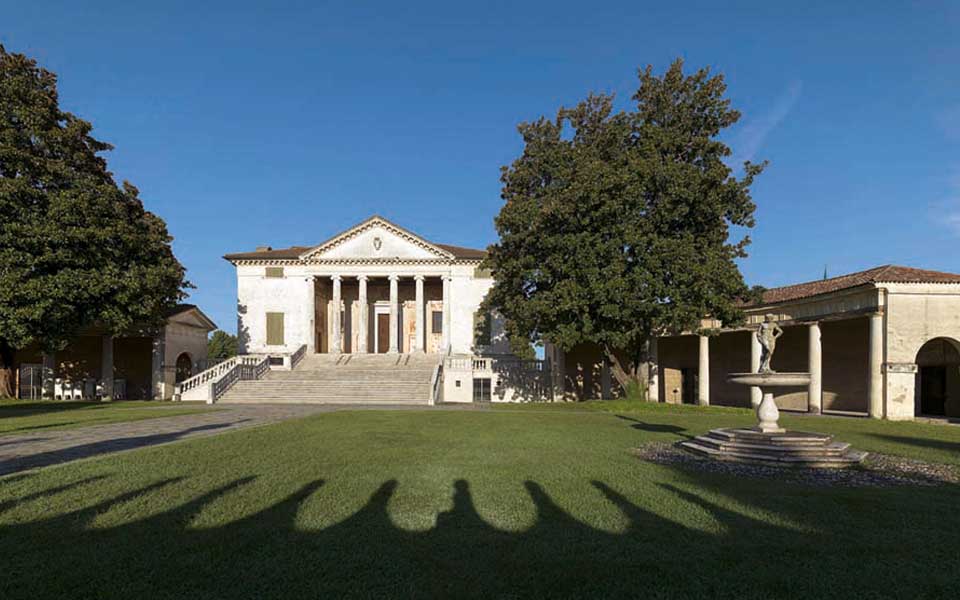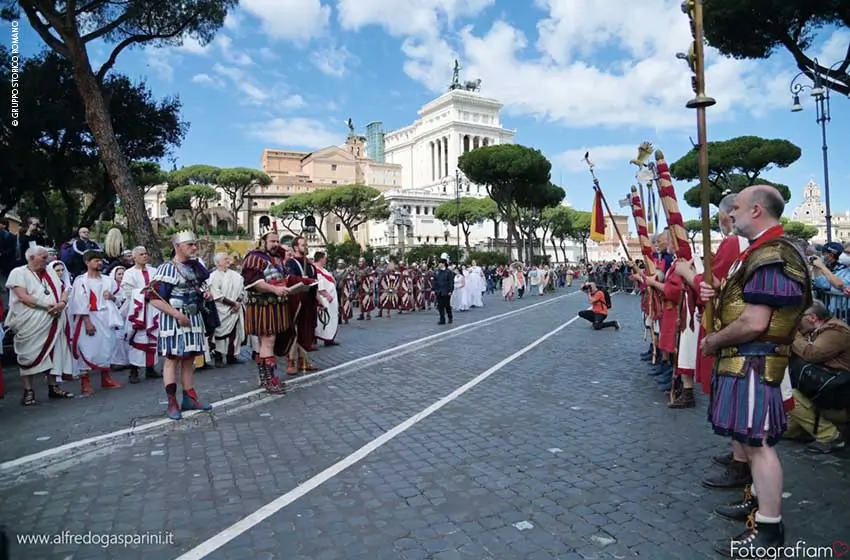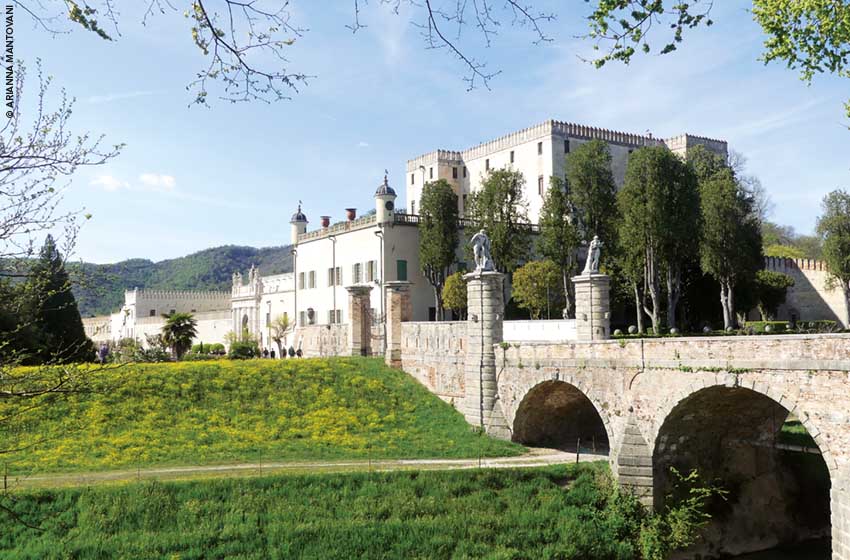Far west of Italy, the hinterland of the province of Imperia is a treasure chest of surprises: we suggest five villages to see by camper in the part closest to Ventimiglia and the border with France. From the coast we will proceed inland in a landscape designed by dry stone walls, olive groves and villages that look like nativity scenes perched on the reliefs. A common thread unites the five destinations we describe: being part of theAssociation of Orange Flag Countries, which brings together the locations awarded the quality recognition of the Italian Touring Club. Have you started the camper engine? Let's go!
Go to other itineraries to discover Liguria by camper
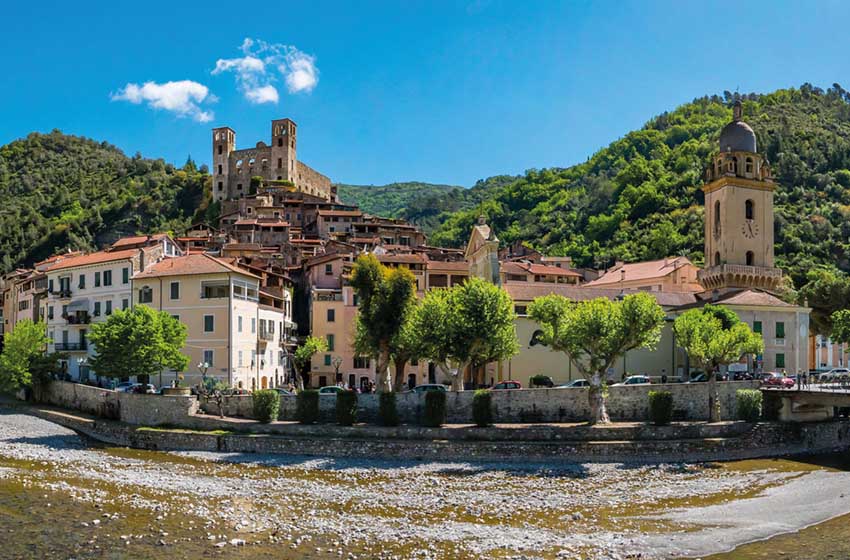
Dolceacqua, the suspended enchantment
Claude Monet, in January 1884, visited Dolceacqua. The village of Val Nervia fascinated him so much that he decided to immortalize on canvas the outline of the Ponte Vecchio and the profile of the Doria castle that stands out behind it. So let's head to the town, leader of the Association of Orange Flag Countries and twinned since 2023 with the Principality of Monaco.
The “tera” and the castle and the village
The discovery begins from the oldest part, called Terra (Téra in the local dialect). To reach it you have to cross the ancient Romanesque bridge, built in the 33th century with a single XNUMX-meter arch. Then you enter the network of caruggi, the narrow streets typical of Ligurian villages, until you come across Piazzetta dell'Armatore.
All that remains is to take Via Castello and here we are at the Doria Castle, built by the Counts of Ventimiglia and then passed in the 3th century to the Doria family, who made it a grand noble residence. Today the main tower, the walls and some buildings of the complex are still visible. Once you come down from the castle you can walk down the steep Vicolo Cassini to Via Doria, where the Palazzo Luigina Garoscio, home of the Library, the Pinacoteca Morscio with the Toy Soldier Museum and a room for XNUMXD projections overlook.
The village
The visit to Dolceacqua (which we have explored here) It starts from Piazza Garibaldi next to the provincial road, in particular from the work Liguria Agreste by the master Sergio Unia, depicting an undressed woman and a goat at her side. Then it follows the ramp from which via Barberis Colomba begins, passing under majestic vaults.
Continuing, you arrive at the oratory of San Sebastiano, with its valuable wooden sculpture attributed to the Genoese sculptor Anton Maria Maragliano, particularly linked to the traditions of the country. The building is home to a Confraternity that celebrates the martyrdom of the Saint in January.
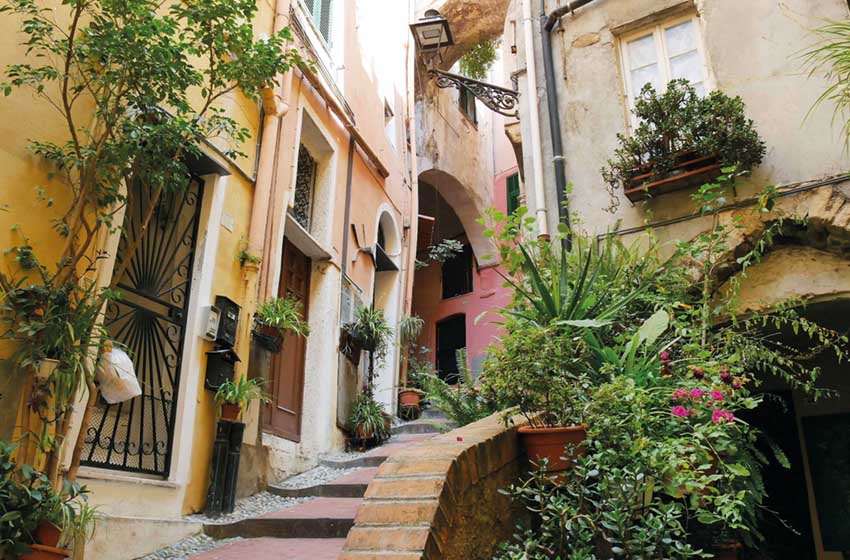
Pigna, on the high Salt Road
The narrow roads on the mountain side of Alta Val Nervia could be a challenge for campers driving more demanding vehicles. But if you feel like an expert driver, or if your camper is compact, push on to Pigna. Or alternatively, leave your vehicle in Isolabona and use public transport line 7).
Alleyways, spas and olive groves
More remote and secluded than other villages in the hinterland of Bordighera, Pigna is a little gem that does not lack singular surprises. The first thing to do is to walk slowly among the ancient houses leaning against each other in concentric circles that culminate in a beautiful panoramic terrace. Along the way you cross Piazza XX Settembre, where an exhibition of ancient measures of capacity and length arouses curiosity.
Here you will find the fifteenth-century loggia with a structure of round arches and a wooden roof, the venue for cultural events and demonstrations throughout the year. There are many other noteworthy stops. The ruins of the fourteenth-century church of San Tommaso retain their medieval appearance with three naves and three apses. The church of San Michele Arcangelo, with its majestic Romanesque façade, preserves a baptismal font from 1551 and a valuable wooden choir from 1752.
Outside the village
Just outside the village, the thirteenth-century Sanctuary of the Madonna di Passoscio preserves fifteenth-century frescoes and a marble high altar. While in the hamlet of Buggio the church dedicated to San Bernardo is famous for the frescoes by the fifteenth-century painter Giovanni Canavesio depicting scenes from the life of San Bernardo and the Virgin, considered among the most important examples of Renaissance painting in Liguria.
Read also: Weekend in Little-Known Villages: From Ormea to Diano Marina
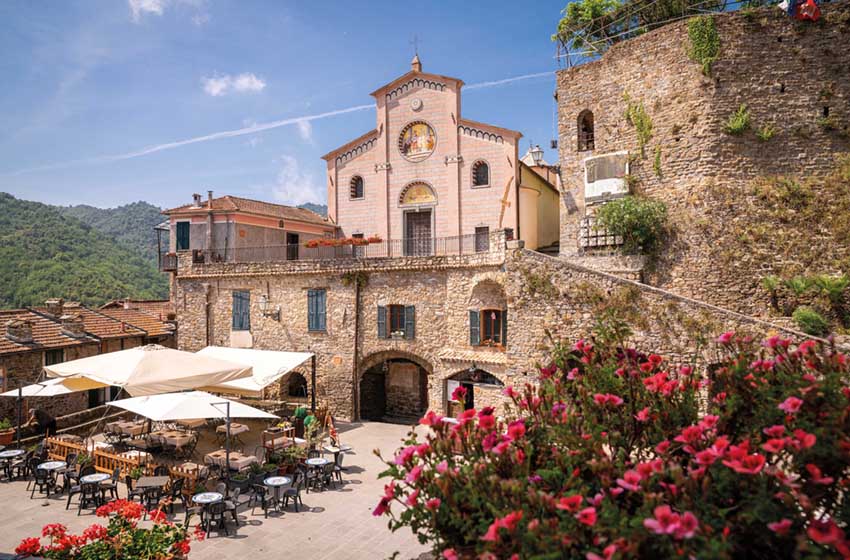
Apricale, an open-air stage
For those arriving from the valley floor, at first glance from afar apricale offers a formidable impact, with stone houses perched on a sunny hill covered with olive groves. The great set designer and illustrator Lele Luzzati, founder together with Tonino Conte of the Cough Theatre of Genoa.
It all began in the summer of 1990, when the company chose to set its summer festival in Apricale. With a singular formula: not in the closed theater but spread out among the streets, alleys and squares. Since then, every year thousands of spectators come from far away to attend a traveling show that sees the audience move from scene to scene in the most suggestive corners of the town.
Discovering the village
Walking through the maze of alleys you arrive in Piazza Torracca, which overlooks the church of the Purificazione di Maria, with its facade revisited in neo-Romanesque style; and the castle of the Lucertola, formerly of the counts of Ventimiglia and the Doria, home to cultural events and demonstrations. Don't forget to stop by the hanging gardens of the castle, which offer a beautiful view of the town center.
Nearby, above the double arch of the fountain, you can see the eighteenth-century oratory of San Bartolomeo which preserves various works, including a polyptych above the high altar depicting the Madonna della Neve with Child in the center. And the ancient fortress-church of the Madonna degli Angeli, documented since 1520, located on a spur of rock just outside the village: inside it preserves frescoes made between the fifteenth and seventeenth centuries.
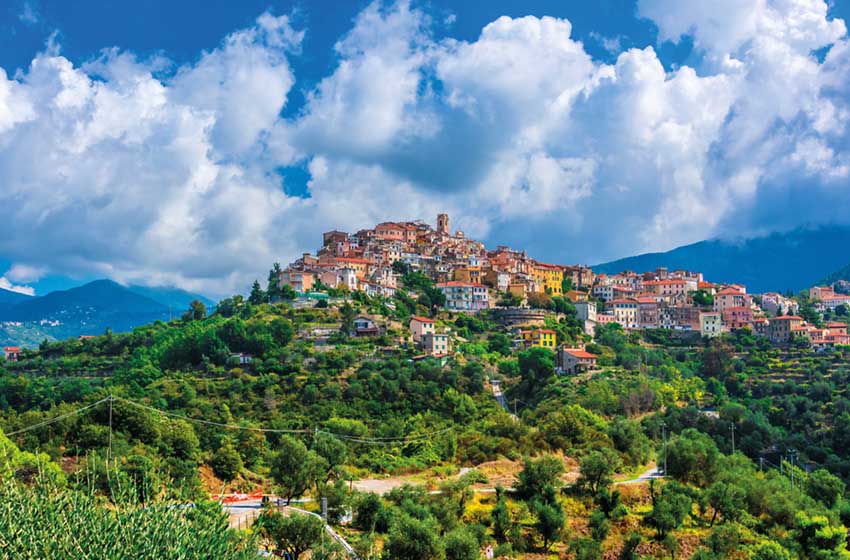
Perinaldo, to gaze at the stars
Let's now go towards the fourth of the villages in the province of Imperia to see by camper. From the watershed ridge on which it is located Perinaldo the view extends northwards over the Ligurian and French Maritime Alps, southwards towards the sea, the terraces covered with centuries-old olive groves, vineyards, mimosas and brooms, the woods crossed by a network of paths suitable for those who love walking or cycling.
The first evidence of the village dates back to the year 1000, when it was founded by Rinaldo dei Conti di Ventimiglia, hence the current name. Over the centuries, the settlement has passed under the control of various rulers - including the Savoys, the Genoese and the French - who have left their mark, creating an interesting mix of architectural styles and cultural influences.
The historical core
The center of Perinaldo is a real jewel that remains in the memory with its alleys, the small squares, the medieval arches and the ancient stone walls. Among the most important monuments stands out the church of San Nicola da Bari, preceded by a staircase that starts from the main square and goes up to the churchyard, creating a scenic access route.
Simpler are the church of Sant'Antonio da Padova, founded by the Franciscans in the seventeenth century, and the sixteenth-century oratory of San Benedetto. Outside the town, in a panoramic position near the crossroads of the road to Apricale, here is the seventeenth-century sanctuary of the Madonna della Visitazione, called Madonna del Poggio dei Rej: according to a legend, the parish priest imposed as a penance to come here and remain on one's knees from sunset to the following morning on grains of corn scattered on the threshold.
The aim of the Sustainable Islands
Perinaldo was the birthplace of the mathematician and astronomer Gian Domenico Cassini, a naturalized Frenchman and – from 1671 – director of the Paris Observatory. Among his discoveries are the Great Spot of Jupiter and the four satellites of Saturn (Iapetus, Rhea, Dione and Tethys). The municipal observatory bears his name, equipped with two fixed telescopes (also equipped for observing the Sun) and various mobile instruments, explanatory panels, photographs and models.
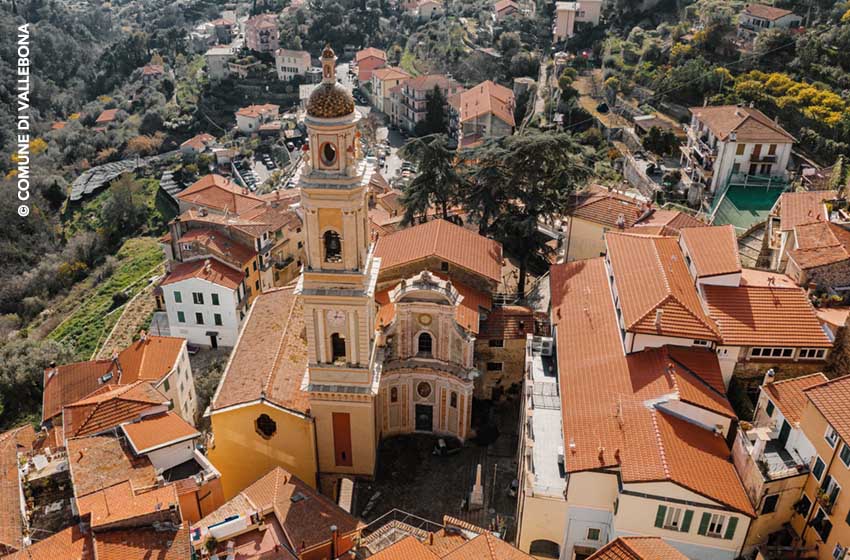
Vallebona, the town of the Bee in bloom
Just walk in the historic center of vallebona to have the perception of being in a well-preserved treasure chest where you can savor a muffled and timeless atmosphere. The parish church of San Lorenzo Martire, built around the 12th century, guardian of valuable works of art including the organ of the Agati family of Pistoia. The Oratory of the Nativity of Mary, a true architectural jewel located in the historic center of Vallebona, designed in Baroque style by the architect Andrea Notari.
Inside the oratory you can admire the three wooden statues recently restored. The bell tower, dating back to the 11th century, is one of the symbols of Vallebona and offers a panoramic view of the village and the valley
surrounding.
The Town Hall
This historic building houses the offices of the Municipality and the council chamber. In the lower part is the Loggia dell'Aria, an arch that overlooks Piazza XX Settembre, the heart of the town where concerts and evenings take place. In 2024 the exhibition space "AreaArte" was inaugurated. Inside the entire Palace the ancient vaults have been maintained.

